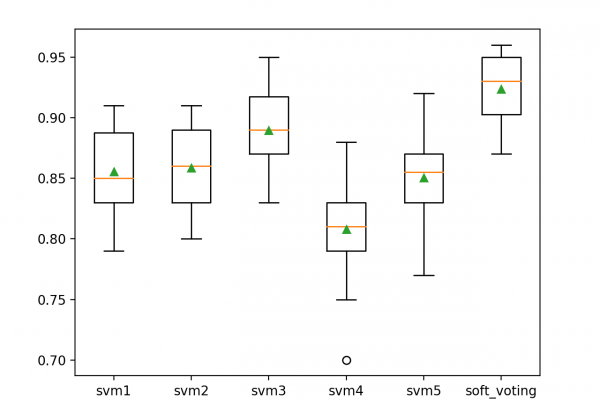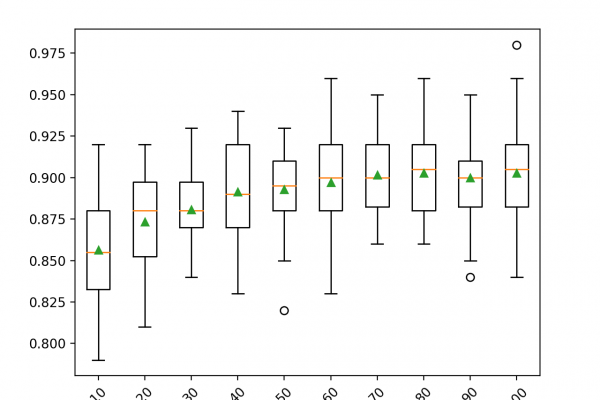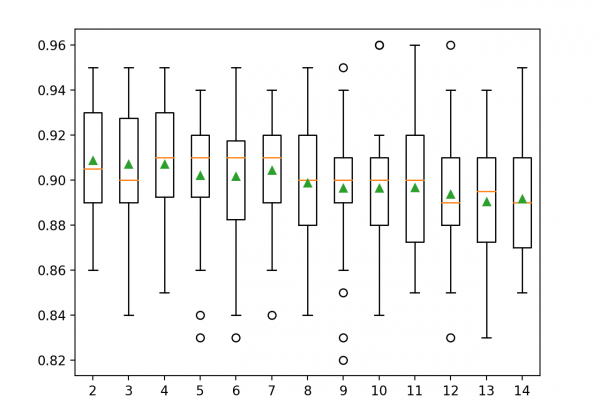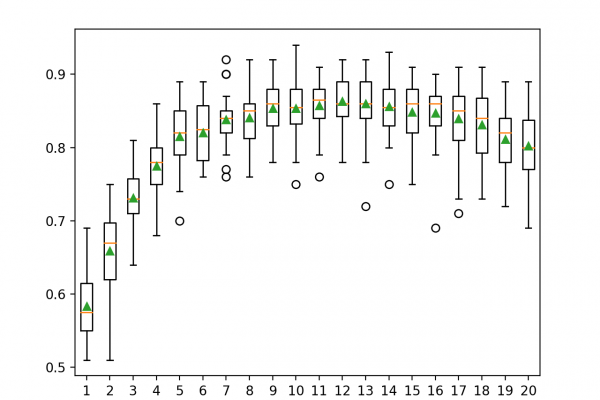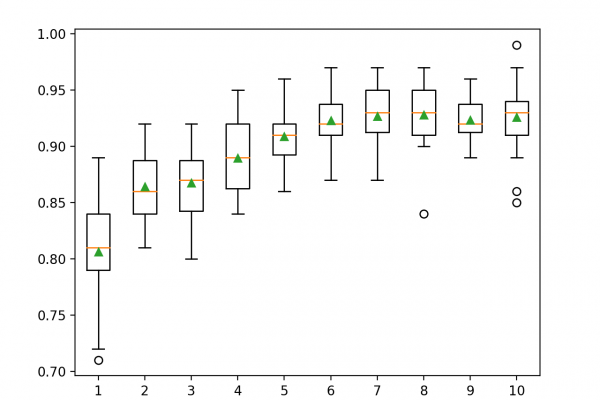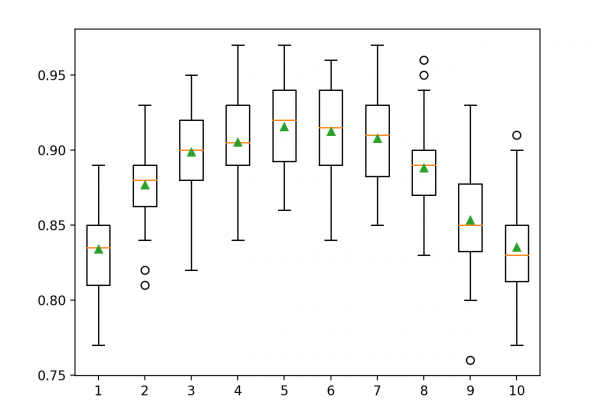One-vs-Rest and One-vs-One for Multi-Class Classification
Last Updated on September 7, 2020 Not all classification predictive models support multi-class classification. Algorithms such as the Perceptron, Logistic Regression, and Support Vector Machines were designed for binary classification and do not natively support classification tasks with more than two classes. One approach for using binary classification algorithms for multi-classification problems is to split the multi-class classification dataset into multiple binary classification datasets and fit a binary classification model on each. Two different examples of this approach are the […]
Read more

